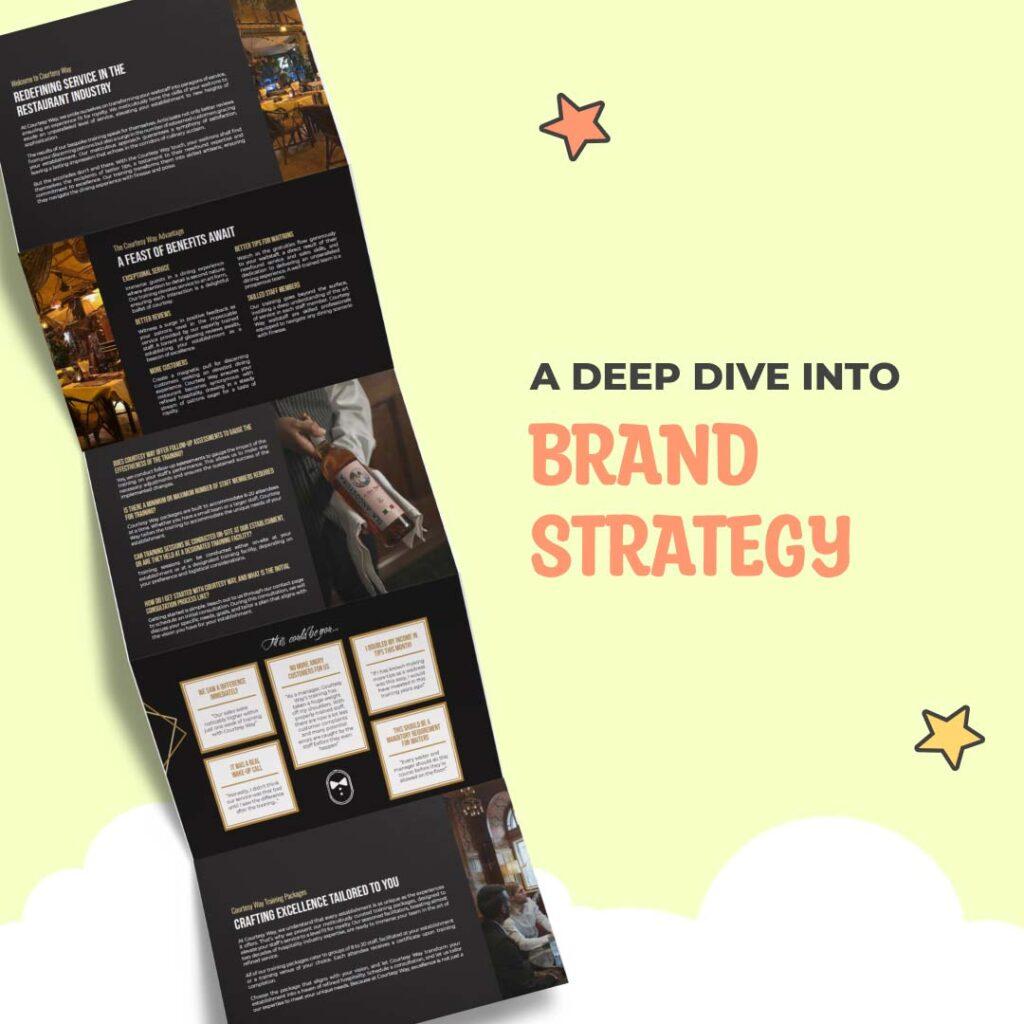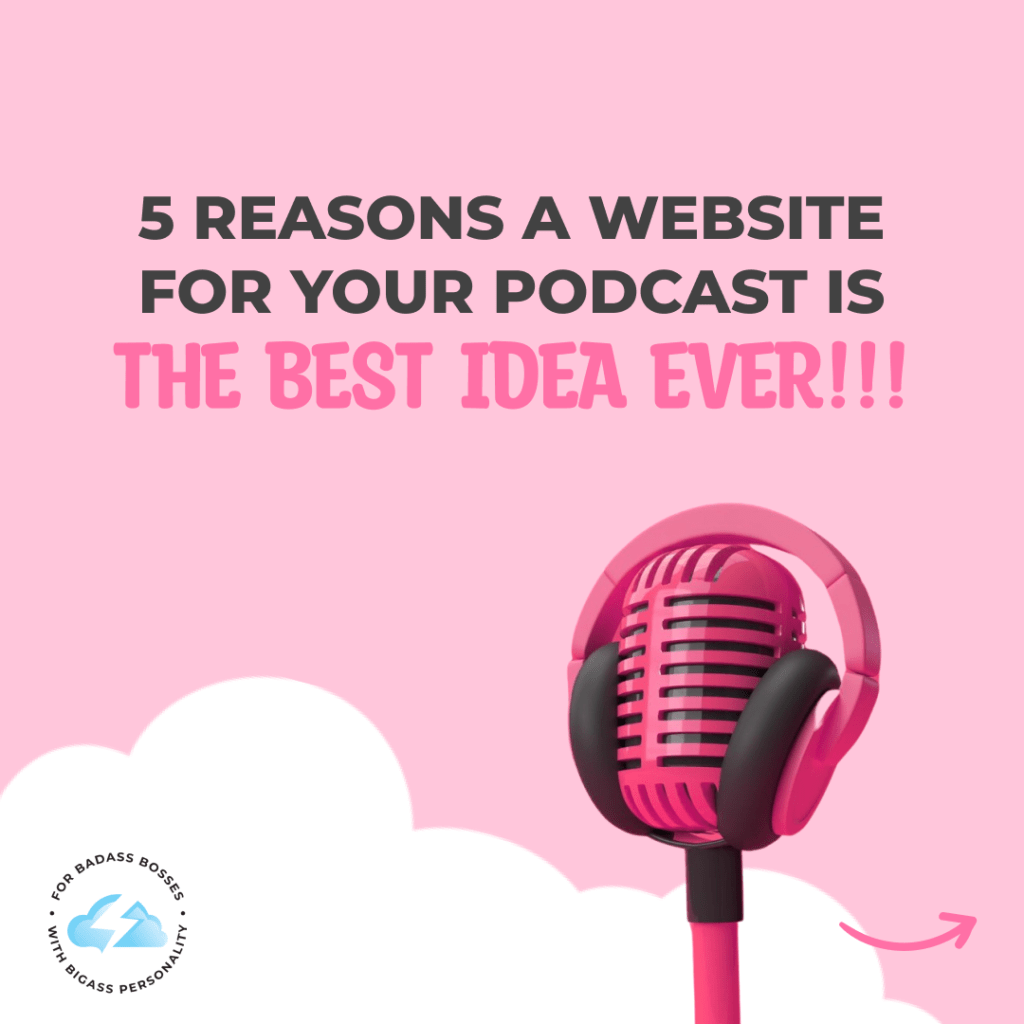I have 21 essential elements that I use to craft a killer brand strategy that serves as an epic foundation for everything your brand represents. It’s a living, breathing document that can evolve as your brand does, guiding your messaging and communication across social content, websites, articles, talking points, marketing campaigns, and more.
Here’s what I include:
1. Your Elevator Pitch
Your elevator pitch is your brand’s concise introduction – a brief yet compelling summary that encapsulates what your brand is all about.
Imagine you’re in an elevator with a potential customer or investor, and you have only a few seconds to grab their attention. Your elevator pitch should convey your brand’s unique value proposition, its target audience, and the problem it solves or the benefit it offers.
For example, take a look at the elevator pitch we crafted for Kyle Mallien‘s personal brand:
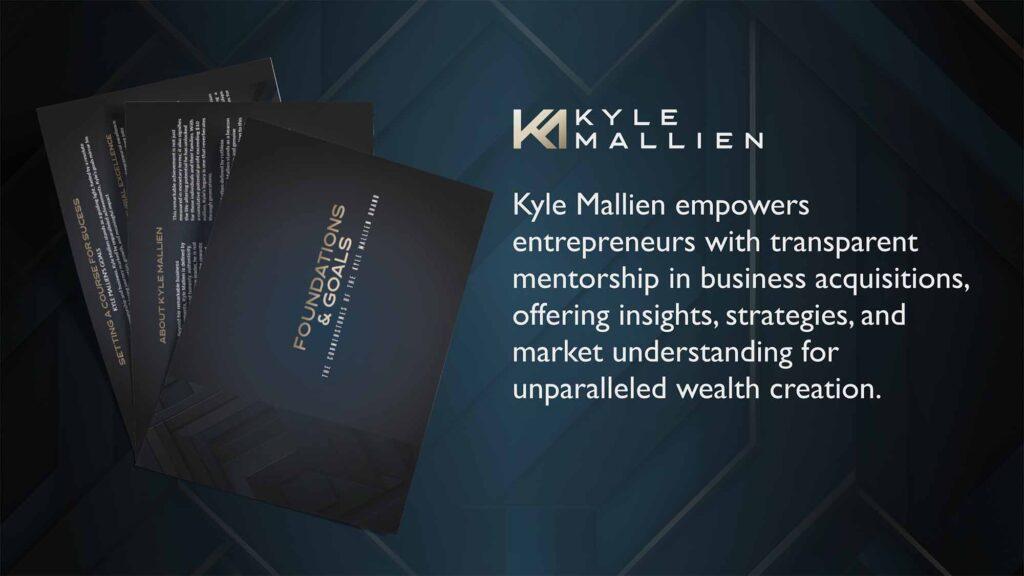
2. Your Brand Purpose
Your brand’s purpose is its reason for existence – beyond making a profit. It’s the driving force behind everything you do, guiding your decisions, actions, and impact on the world.
Your purpose should answer the question, “Why does our brand exist, and what positive change do we aim to bring about?” For instance, Patagonia’s purpose is “to save our home planet,” driving its commitment to environmental sustainability and activism.
3. Vision
Your brand’s vision is its aspirational goal. A clear and inspiring picture of the future you’re working towards. It should articulate where you see your brand in the long term and the impact you want to make on the world.
For example, Tesla’s vision is “to create the most compelling car company of the 21st century by driving the world’s transition to electric vehicles.”
4. Mission
Your brand’s mission is its actionable directive – a concise statement that outlines what you do, who you do it for, and how you do it differently. It should convey your brand’s purpose in practical terms, guiding your day-to-day operations and decision-making.
For instance, Airbnb’s mission is “to create a world where anyone can belong anywhere,” emphasizing inclusivity and community.
5. Values
Your brand’s values are its guiding principles – the beliefs and ideals that shape its behavior, culture, and relationships.
Values represent what your brand stands for and how it conducts itself in the world. Your values should align with your brand’s purpose and mission, serving as the moral compass that guides your actions.
For example, Google’s values include “focus on the user,” “think big,” and “do the right thing.”
6. Target Audience Analysis
Understanding your target audience is essential for crafting a brand strategy that resonates. It’s important to conduct thorough research to identify their demographics, behaviors, preferences, and pain points. This knowledge will inform your messaging, product development, and marketing strategies, helping you tailor your brand’s offerings to meet the needs of your audience.
7. User Persona
I create detailed user personas to humanize your target audience and gain deeper insights into their needs, motivations, and aspirations. Give them names, faces, and stories to make them feel real and relatable, and use these personas to inform your brand’s messaging, product features, and customer experience strategies.
Sometimes, more than one persona is needed, and that’s totally okay. It helps to have these in your brand strategy as you can imagine talking to this actual “imaginary friend”. It helps your messaging to keep clarity and sound like you’re talking to an actual human.

8. Brand differentiators
Identify what sets your brand apart from the competition. Whether it’s your unique offerings, innovative solutions, personal touches, or exceptional service.
Highlight these differentiators in your brand messaging to position yourself as the go-to choice in your industry. For example, Apple’s brand differentiators include its focus on design, user experience, and innovation, setting it apart from other technology companies.
9. Positioning Statement.
A clear and compelling positioning statement articulates your brand’s unique value proposition and differentiation in the market.
This statement should succinctly communicate who you are, what you do, and why you’re the best choice for your target audience. For instance, Coca-Cola’s positioning statement is “to inspire moments of optimism and happiness through our brands and actions,” emphasizing its focus on positivity and joy.
10. Brand Buzzwords.
Next, we develop a list of brand buzzwords – keywords and phrases that capture the essence of your brand and resonate with your target audience. These buzzwords will serve as the building blocks of your brand messaging and communication strategy, helping you convey your brand’s personality, values, and benefits. I like to take this a step further in the design direction for your brand, where I use color psychology to invoke these buzzwords and communicate them to your audience.
Examples of brand buzzwords include “innovative,” “authentic,” “sustainable,” “empowering,” and “inclusive.
11. Emotional Impact.
Consider the emotional impact you want your brand to have on your audience. Do you want to inspire, empower, or entertain? Define the emotions you want to evoke and infuse them into your brand’s messaging, imagery, and experiences.
For example, Nike’s brand evokes feelings of inspiration, motivation, and empowerment through its iconic “Just Do It” campaign.
12. Service Benefits
This is what your audience is really looking for, so it makes sense that it should be a super important element in your brand strategy, right?
Clearly communicate the benefits of your products or services to your target audience. What problems do you solve? What solutions do you offer? Highlight the tangible benefits and value propositions that set your brand apart from the competition.
For example, when I was working with Courtesy Way, a hospitality service coach, to craft their brand strategy, we focused on benefits that the restaurant industry would appreciate most, such as:
- Exceptional Service
- Better Reviews
- More Customers
- Better Tips
- Skilled Staff
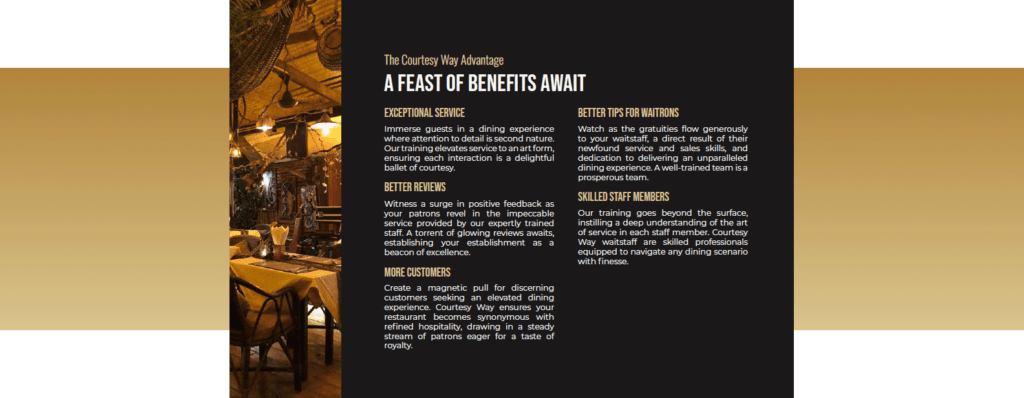
13. Brand Archetype
A brand archetype is a universally recognized character or personality that aligns with your brand’s values, attributes, and aspirations.
Whether you’re a hero, a sage, or a rebel, your archetype will inform your brand’s tone, imagery, and storytelling, helping you forge deeper connections with your audience.
For example, Harley-Davidson embodies the archetype of the outlaw, representing freedom, individualism, and rebellion against the status quo.
14. Brand Personality.
Your brand’s personality traits are human characteristics that define its tone, voice, and demeanor.
Are you playful, sophisticated, or authoritative? We infuse these personality traits into your brand’s communication style to create a consistent and authentic voice that resonates with your audience.
For example, (you may have noticed?) my brand is playful, creative, and a little bit cheeky.
15. Tone of Voice Characteristics.
Whether it’s friendly, professional, playful, or authoritative, these characteristics will guide your brand’s communication style across all touchpoints, ensuring consistency and coherence in your messaging.
This is a little different from your brand personality – My tone of voice is playful, yet authoritative, yet “authoritative” isn’t in my brand personality.
16. Tone of Voice Statements.
Tone of voice statements bring your brand’s personality to life in specific scenarios and contexts. Whether it’s greeting customers, addressing complaints, or sharing exciting news, these statements will serve as guidelines for your brand’s communication strategy, helping you maintain a consistent and authentic voice.
17. Brand Pillars
Define the core pillars of your brand – key themes, topics, or values that define its essence and purpose. These pillars serve as the foundation of your brand identity and messaging strategy, guiding the creation of content and communication materials.
For example, a fitness brand’s pillars might include health, wellness, community, and empowerment, shaping its messaging and content strategy to align with these core themes.
Dawn, at The Nutrichologist, slayed at making her pillars of Mind, Body, and Nutrition super clear, so we could carry these pillars all the way through to the user experience on her website.
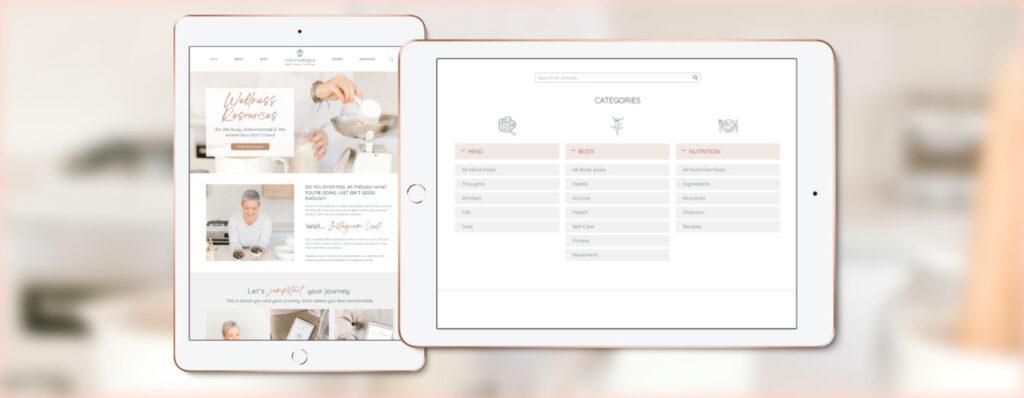
18. Proof Points
Identify tangible proof points that support your brand’s claims and value propositions. These can include customer testimonials, case studies, awards, certifications, or data points that demonstrate the effectiveness or superiority of your products or services. Incorporating these proof points into your brand messaging to build trust and credibility with your audience.
19. Design Direction
A collection of visual and verbal assets that encapsulate your brand’s personality, values, and aesthetic. This can include color palettes, typography, imagery styles, graphic elements, and language guidelines that capture the essence of your brand.
Refer to this library when creating marketing materials, social media posts, or other brand assets to maintain consistency and coherence.
20. Avoid Words
It’s important to identify words or phrases to avoid in your brand messaging – either because they don’t align with your brand values or because they may have negative connotations. This can include buzzwords, clichés, or industry jargon that detract from your brand’s authenticity or clarity. By steering clear of these words, you can ensure that your brand messaging remains genuine, relevant, and impactful.
For example, I have to watch myself with the “tech talk”. My audience is generally not-techy, so using language like “CMS”, “CRM”, “User Interface”, etc is not going to help me communicate effectively. Even if it makes me sound smart, this type of language would create confusion, so I dumb my jargon down (no offense… haha).
21. Brand Phrases
Finally, craft memorable brand phrases or taglines that encapsulate your brand’s essence and value proposition in a succinct and memorable way. These phrases should resonate with your target audience, evoke emotion, and differentiate your brand from competitors.
Think of Nike’s “Just Do It,” Apple’s “Think Different,” or McDonald’s “I’m Lovin’ It”—simple yet powerful expressions that have become synonymous with their respective brands.
Want your own brand strategy?
A comprehensive brand strategy is the foundation upon which your brand’s identity, messaging, and communication efforts are built. By incorporating these 21 elements into your brand strategy, you can create a cohesive and compelling brand identity that resonates with your target audience, differentiates you from competitors, and drives long-term success.
Remember, your brand strategy is not set in stone – it can evolve and adapt as your brand grows and evolves, but having a solid framework in place will ensure that your brand remains true to its core values and vision.
I create pretty kickass strategies if I do say so myself. Starting at just $1000 for all of this in a 40+ page document means that you’ll be set to tackle any brand-related task that comes your way. Swing by my Work With Me page and let’s create some sweet magic together 🙂

